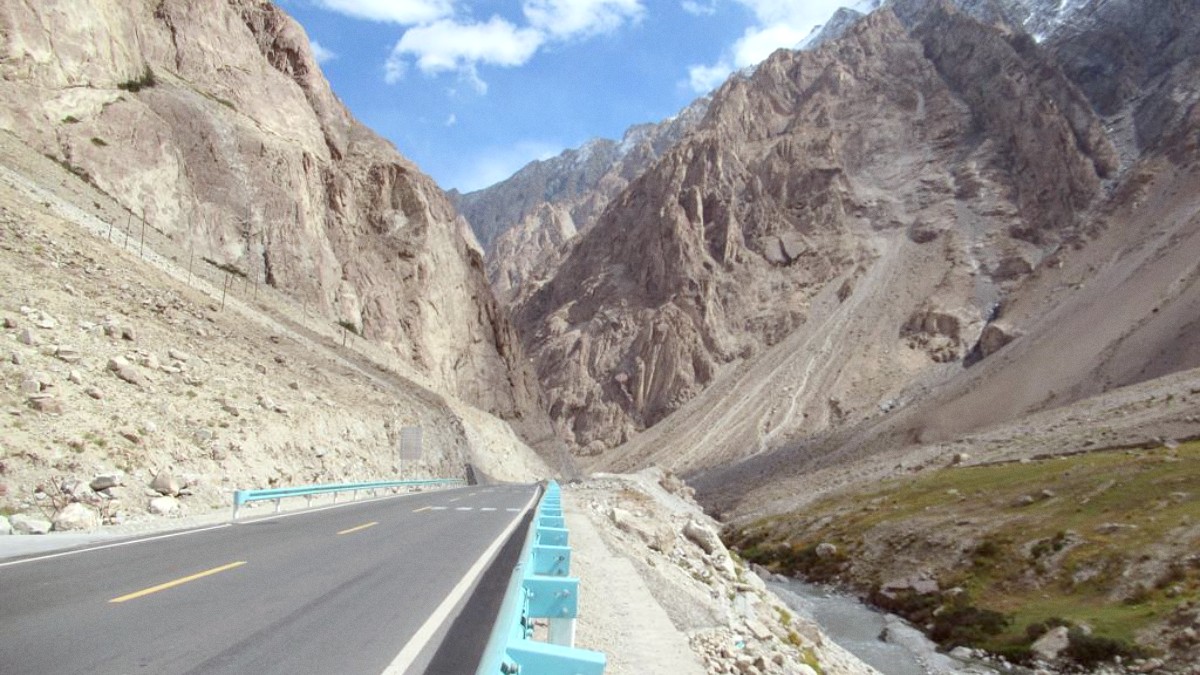
Pakistan
Pack according to the season to ensure comfort and adapt to varying temperatures.
Specific clothing choices for extreme warm or cold weather conditions.
Sturdy, broken-in Hiking boots with good ankle support and grip. Waterproof features are useful.
Comfortable Walking shoes or sturdy Sandals for exploring towns and villages.
Pack camp shoes, flip-flops, or comfortable slip-ons for relaxing at your accommodation.
Keeping your documents organized and accessible is important. Consider digital and physical copies for security.
Power reliability can be an issue in remote areas, so plan your electronics carefully. Mobile phone compatibility is good.
Capture the stunning landscapes with the right equipment and navigate with helpful apps.
Use cloud storage (Google Drive, Dropbox) for photos and documents. An External hard drive or large-capacity USB drive can serve as a physical backup.
A Telephoto lens is good for wildlife or distant peaks. A Lightweight tripod helps for low-light photography.
A High-capacity power bank keeps your devices charged during outages or in remote areas.
A well-stocked Personal first aid kit addresses minor issues and emergencies.
Carry personal medications and take precautions against sun and insects.
A comfortable Daypack is useful for daily excursions. Trekking poles provide stability. A water reservoir is important for hydration.
If planning to camp, a lightweight tent suitable for mountain conditions is needed. Quality sleeping gear ensures comfort.
Personal items like hiking boots and specialized clothing are best brought from home. Renting larger gear like tents or sleeping bags is less common and reliable in Gilgit-Baltistan. Quality and availability vary.
These items enhance comfort during transit and add peace of mind for your belongings.
These items are helpful for the unique conditions of the KKH and support sustainable travel.
Reduce plastic waste.
For market visits.
Good for street food.
For electronics in remote areas.
Pack durable, layered mountain gear suitable for varied terrain and climate. Always bring critical items like proper hiking boots and essential medications from home.